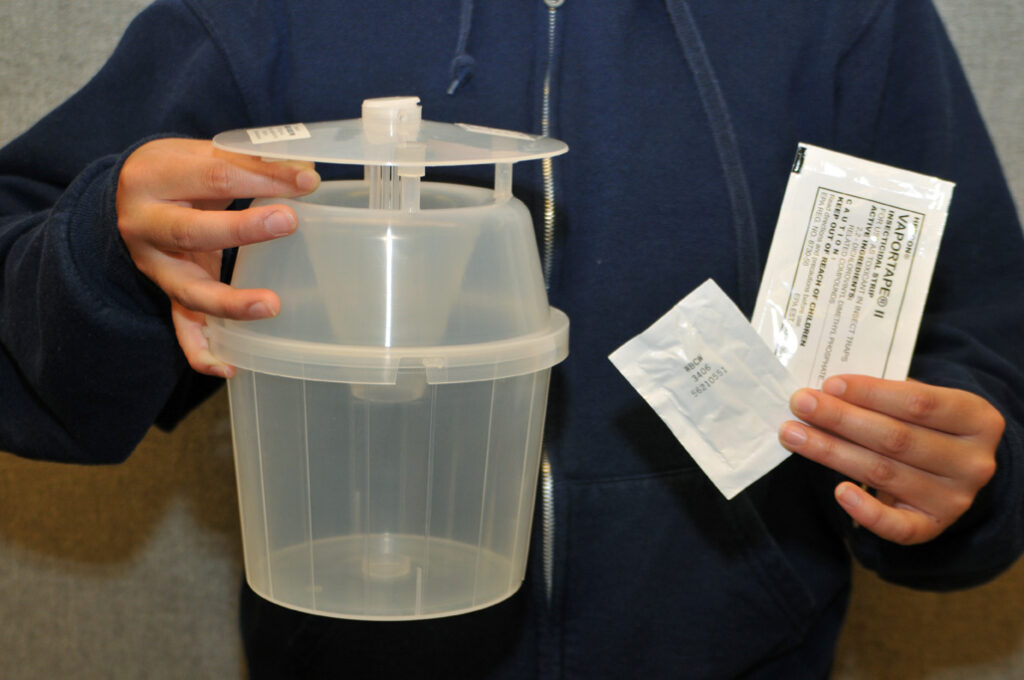
As we move into the first days of summer, we are finished with the early season, migratory moths and caterpillars (armyworms, black cutworms) and are now into those that overwinter here. For those pheromone trapping for western bean cutworm moths, you should begin this week. This is just the beginning of an extended moth emergence and flight, with their peak activity expected 2-3 weeks from now. Those in high-risk areas, i.e., sandy soils, high moth flight and WBC history should be gearing up for field scouting of corn, even those with Bt-traits. Depending on the trait expressed by your corn hybrids, efficacy can be highly variable. Scouting of pre-tassel corn should begin once multiple moths are being captured regularly. In five different areas of a field, inspect 20 consecutive plants for egg masses which are laid on the upper surface of the top leaves of corn and/or larvae that may[Read More…]





